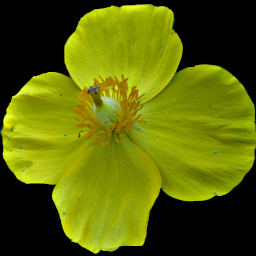
Wherever people feed birds, sunflowers are likely to sprout up. The big seeds easily wash downhill in a heavy rain and catch in the first crevice; this plant grew from a broad crack in the sidewalk in Beechview, where it was blooming in late June.
Gray describes the genus and the species:
HELIANTHUS L. SUNFLOWER
Heads many-flowered; rays several or many, neutral. Involucre imbricated, herbaceous or foliaceous. Receptacle flat or convex; the persistent chaff embracing the 4-sided and laterally compressed smooth achenes, which are neither winged nor margined. Pappus very deciduous, of 2 thin chaffy scales on the principal angles, and sometimes 2 or more small intermediate scales. Coarse and stout herbs, with solitary or corymbed heads, and yellow rays; flowering toward autumn. (Named from helios, the sun, and anthos, a flower.)
H. annuus L. (COMMON SUNFLOWER.) Tall, rough; leaves triple-ribbed ovate or the lower cordate, serrate; involucral bracts broadly ovate to oblong, long-pointed, ciliate; disk usually 2.5 cm. broad or more. Rich soil, Minn, to Tex., and westw.; long cultivated, and occasionally found in waste grounds eastw.




